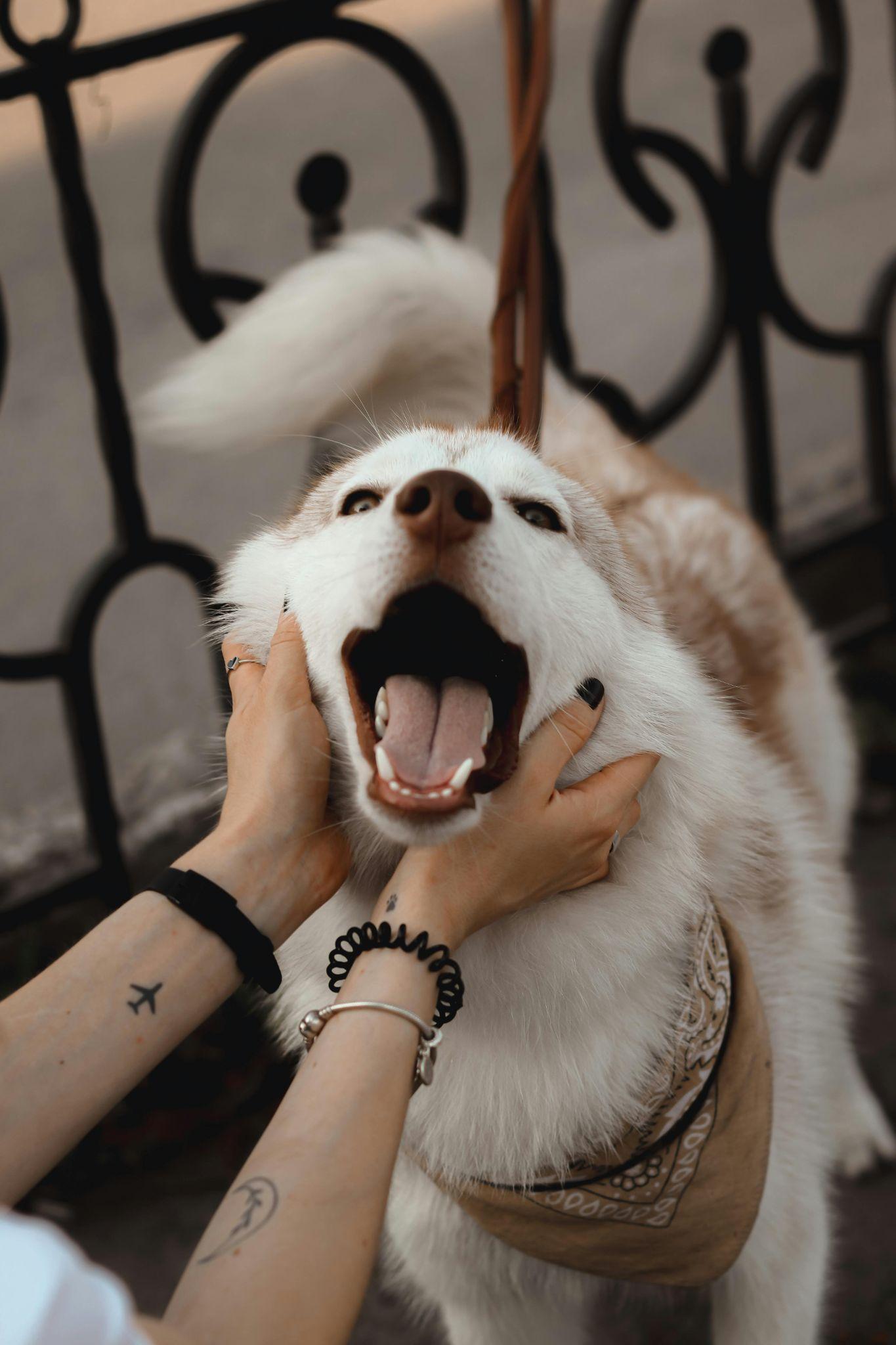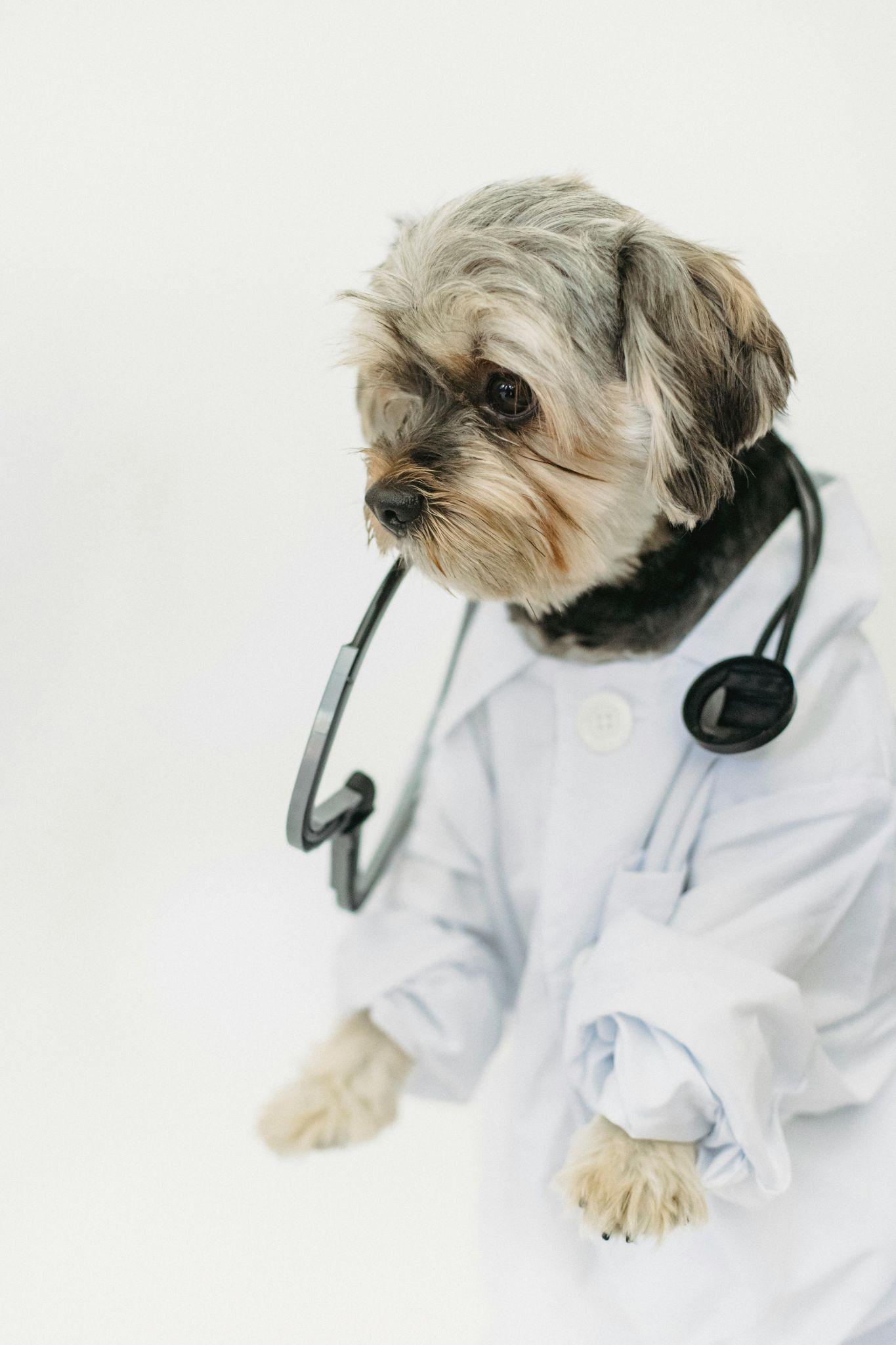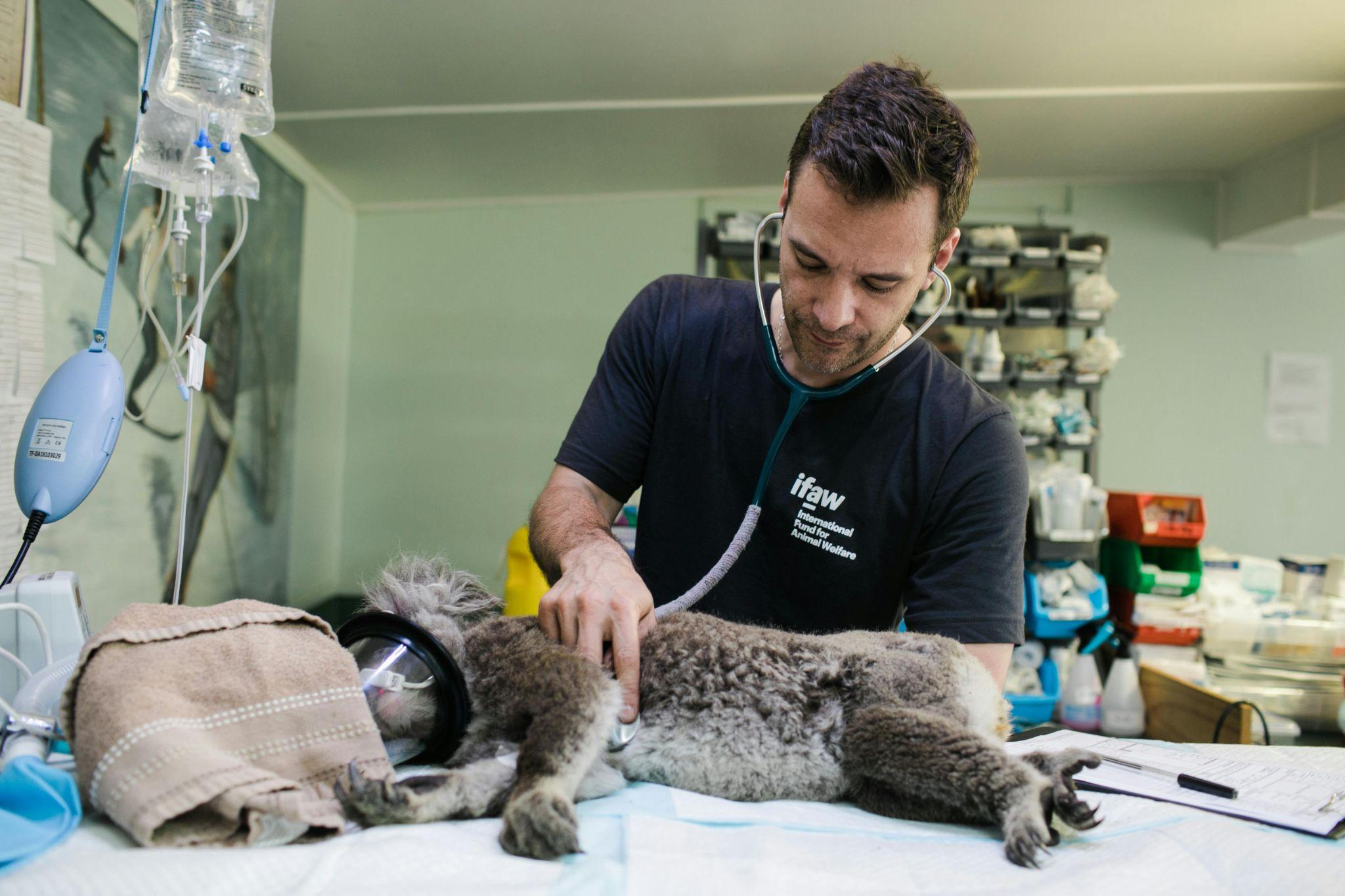How to Monitor Your Pet’s Weight and Health
Just like humans, pets require regular monitoring of their weight and overall health to ensure they lead happy, active lives. Weight fluctuations can indicate underlying health issues, and proper weight management is essential for your pet’s well-being. So, how can you effectively monitor your pet’s weight and health? This comprehensive guide will walk you through essential strategies and tips to help ensure your furry friend stays in top shape. https://truepetslove.com/product/seresto-dog-collar/
Why Is Monitoring Pet Weight Important?

Monitoring your pet’s weight is crucial for various reasons:
- Preventing Obesity: Obesity can lead to serious health problems, including diabetes, joint issues, and heart disease. Tracking your pet’s weight helps identify any unhealthy weight gain early on.
- Ensuring Proper Nutrition: Understanding your pet’s weight allows you to provide the right amount of food and nutrients they need based on their age, size, and activity level.
- Detecting Health Issues: Sudden weight loss or gain can signal underlying health problems that may require veterinary attention.
The Basics of Pet Weight Management
How to Monitor Your Pet’s Weight and Health
- Weigh Your Pet Regularly
Schedule a routine weight check every month. Use a reliable pet scale to ensure accuracy.- If your pet is small enough, you can weigh yourself, then weigh yourself holding your pet. Subtract your weight from the total to find your pet’s weight.
- Keep a Weight Log
Maintain a detailed log of your pet’s weight over time. This helps you spot trends in weight gain or loss.- Note any changes in your pet’s diet or lifestyle that may have contributed to these changes.
- Understand Ideal Weight Range
Research the ideal weight range for your pet’s breed and age. Your veterinarian can provide guidance on what is considered healthy.- Different breeds may have varying body types, so focus on body condition rather than just the number on the scale.
Assessing Body Condition

Understanding how to assess your pet’s body condition is critical for effective weight management. Here are some key indicators to consider:
- Ribs: You should be able to feel your pet’s ribs without excess fat covering them.
- Waist: When viewed from above, your pet should have a noticeable waist.
- Abdomen: The belly should be tucked in when viewed from the side.
Body Condition Scoring System (BCS)
Many veterinarians use a Body Condition Scoring System (BCS) to assess a pet’s weight. Here’s a simple overview:
- 1-2: Underweight
- 3-4: Ideal weight
- 5-9: Overweight to obese
Knowing your pet’s BCS helps determine the best approach for weight management.
Tracking Pet Health
Regular Veterinary Check-ups
- Schedule Annual Visits: Regular veterinary visits allow for thorough health assessments, vaccinations, and preventive care.
- Discuss Weight Concerns: Bring up any weight concerns during check-ups. Your vet can help create a tailored weight management plan for your pet.
Monitor Eating Habits
Keeping an eye on your pet’s eating habits can help you gauge their health status.
- Portion Control: Measure your pet’s food to prevent overeating. Follow feeding guidelines on the pet food label.
- Identify Changes: Watch for any changes in appetite. Increased or decreased appetite can indicate health problems.
Understand Activity Levels
Physical activity plays a significant role in your pet’s health.
- Daily Exercise: Ensure your pet gets adequate exercise daily. Different pets have varying exercise needs.
- Engagement: Consider interactive toys or games to keep your pet active and mentally stimulated.
Monitor Water Intake

- Hydration Is Key: Ensure your pet has access to fresh water at all times. Monitor their water intake to identify potential health issues.
- Changes in Drinking Habits: Increased or decreased water consumption may indicate health problems and should be discussed with a veterinarian.
Incorporating Technology for Monitoring
Pet Health Apps
Several apps can assist you in tracking your pet’s weight and health. These apps often allow you to: https://truepetslove.com/product/furhaven-xxl-cooling-gel-foam-bed/
- Record weight changes over time.
- Track food intake and exercise.
- Schedule veterinary appointments and reminders.
Smart Weighing Scales
Consider investing in a smart pet scale that syncs with your phone to help track your pet’s weight effortlessly.
Home Monitoring Techniques
Visual Health Checks

Regularly check your pet’s overall appearance and behavior. Look for signs of illness, such as:
- Changes in coat condition.
- Lethargy or decreased activity.
- Unusual behavior or habits.
Grooming and Touch
Regular grooming not only keeps your pet looking good but also helps you monitor their health.
- Fur and Skin: Regular brushing can help you notice any changes in your pet’s skin or coat.
- Physical Exams: While grooming, check for lumps, bumps, or any signs of distress.
Creating a Weight Management Plan
Consultation with a Veterinarian
Before starting a weight management plan, consult your veterinarian to ensure you are following a safe and effective approach.
Set Realistic Goals
- Aim for gradual weight loss (1-2% of body weight per week) for overweight pets.
- Monitor progress and adjust the plan as needed.
Nutrition Adjustments
- Quality Food: Choose high-quality, nutritionally balanced pet food appropriate for your pet’s age, size, and health condition.
- Healthy Treats: Use low-calorie treats or fruits and vegetables as rewards during training sessions. https://truepetslove.com/
Exercise Plan
- Daily Routines: Develop a daily exercise routine that fits your pet’s needs. This could include walks, playtime, or structured activities.
- Vary Activities: Incorporate different activities to keep your pet engaged and motivated.
Monitoring your pet’s weight and health is vital for their overall well-being. By implementing regular weight checks, maintaining a health log, and understanding your pet’s nutritional and activity needs, you can ensure they live a healthy and fulfilling life. Remember, the journey to weight management is a gradual process that requires patience and dedication. With the right tools and strategies in place, you can successfully track your pet’s health and make informed decisions to enhance their quality of life. So, how will you start monitoring your pet’s weight and health today?
